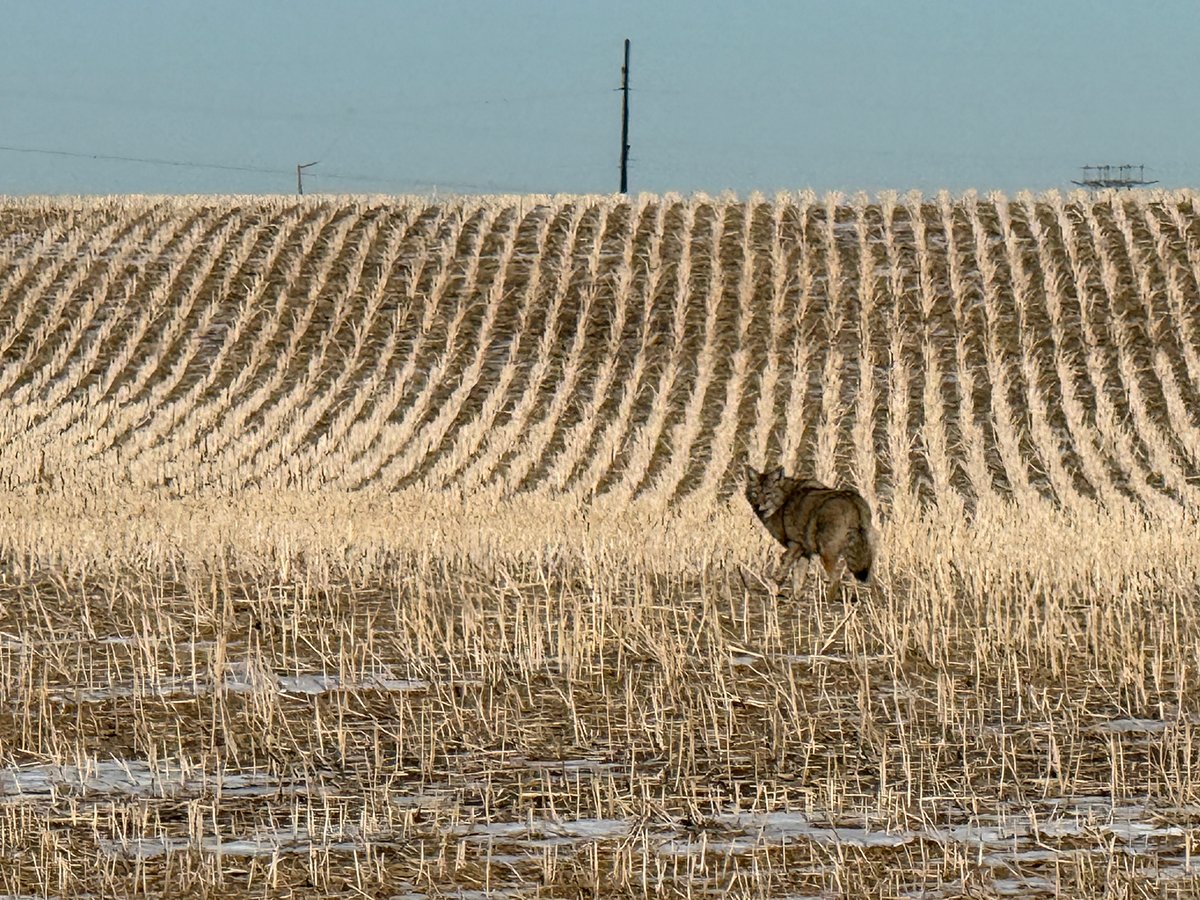Clouds hang over the chances for “blue sky innovation” in today’s intensely competitive, high-stakes world of plant breeding, said a scientist who works in the field.
This is the kind of labor-intensive research that may not produce results for years, but also has the power to radically alter plant breeding, said Julian Thomas, a wheat breeder at Agriculture Canada’s cereal research centre in Winnipeg.
It’s the kind of environment that fostered the development of canola from rapeseed during the long career of Baldur Stefanson at the University of Manitoba, said Thomas.
Read Also

October proved warmer than average
We are going to take a quick look back at how October shaped up across the Prairies — are we already seeing the forecasted winter weather pattern developing?
“We’re not doing that anymore,” said Thomas.
He spoke to Manitoba seed growers at their annual meeting about how the emphasis on protection of intellectual property affects the seed industry.
Commercial seed breeding companies protect their intellectual property with plant breeders’ rights, patents on genetic information and processes, and genetic controls like hybrids or the “terminator” gene.
Thomas said the emphasis on protection comes from companies’ desire to profit from their research investments, integrate the sale of chemical inputs with seed and exert control over plant breeding.
In the last several years, patenting has had a major effect on scientists, Thomas said.
“There’s a race, a real race to lock up genetic resources,” he said.
Breeders used to take for granted the exchange of germplasm. Today, Thomas said little information is shared.
Scientists are reluctant to talk about what they’re working on lest someone else steal their idea.
They are also gagged by confidentiality agreements signed with private sector researchers.
Within the past five years, breeders have found themselves having to keep detailed notebooks of their work’s progress and getting witnesses to sign and date them, in case they need the record for legal reasons.
“This has become a chore and I haven’t come to grips with it yet,” Thomas said.
Plant breeders’ rights have had a major effect on canola, said Thomas, since it is the largest high-value cross-pollinated crop grown in Western Canada.
Private sector canola breeding has increased, resulting in “enormous multiplication of ‘me-too’ varieties,” while the number of new public sector varieties has dropped, said Thomas.
“I think whether or not the public sector stays in plant breeding depends on political will and support.”
Plant breeders’ rights have had a smaller impact on self-pollinating crops such as wheat, said Thomas.
“It seems to me that brown-bagging is still alive and well.”














